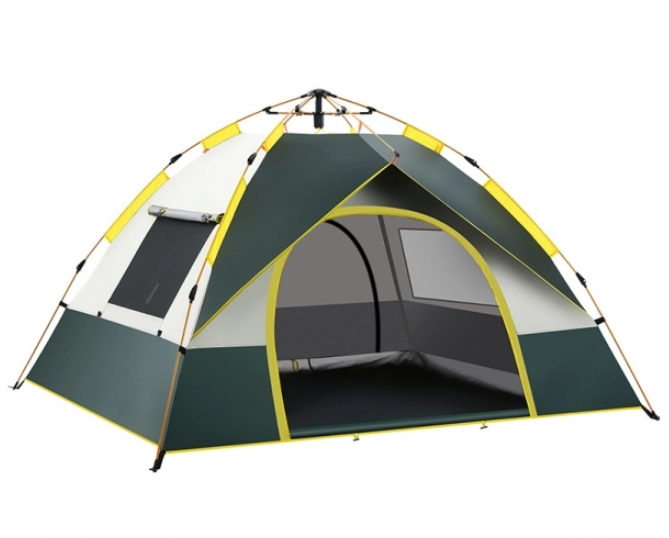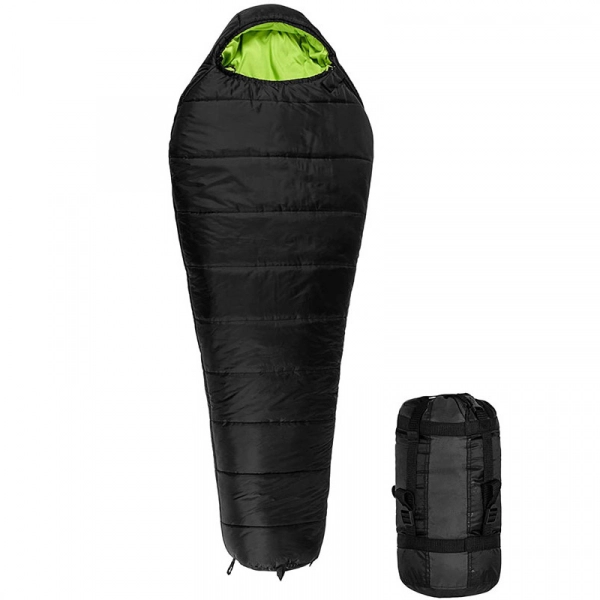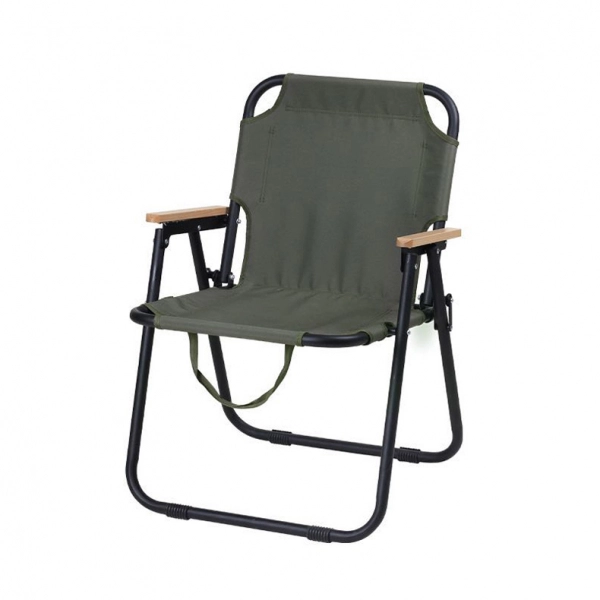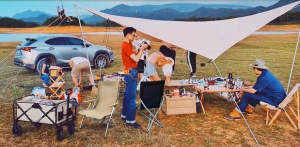News Center+ 查看更多
News Center
+ 查看更多
Color Psychology: The Impact of Camping Gear Color Choices on Emotion+ 查看更多
Color Psychology: The Impact of Camping Gear Color Choices on Emotion
+ 查看更多
Date:2024-04-09
Camping, as an activity that promotes physical and mental well-being, involves intricacies that go beyond what is typically perceived. The color design of camping gear not only pertains to aesthetics but also subtly influences the emotions and behaviors of its users. This article aims to delve deep into the role of color in camping gear design, analyzing how different colors affect emotions and considering the importance of choosing the right colors for specific natural environments.
The Connection Between Color and Emotion
Color psychology studies have shown that colors can directly affect psychological responses, thereby inducing a range of emotional changes. For instance, blue is often seen as a symbol of calmness and relaxation, while yellow conveys optimism and energy. In a camping context, the color choices of items such as tents, sleeping bags, or camping chairs can profoundly impact campers' psychological experiences.
Specific Impacts of Camping Gear Colors on Emotion
Tents
The tent is one of the most noticeable parts of camping gear, and its color can significantly influence the atmosphere of the campsite. Soft greens or browns in tents help blend harmoniously with the natural environment, providing a sense of safety and tranquility to campers. Conversely, bright oranges or reds may enhance energy levels, adding passion to adventure activities, but they can be jarring in a peaceful setting.

Sleeping Bags & Mats
Sleep quality directly affects the camping experience, and the color choice for sleeping bags and mats relates to creating a comfortable sleeping environment. Warm tones, like light blues or greens, can induce feelings of relaxation and stability; neutral colors help calm the mind and increase the likelihood of falling asleep.

Camping Chairs & Tables
During daytime activities, brightly colored camping chairs and tables can stimulate a social and active atmosphere. During gatherings or games, vivid colors (like yellow or blue) will encourage communication and joy. However, for campers looking to relax with a book or meditate, darker colors are more appropriate.

Color Choices in Natural Environments
When selecting colors for camping gear, consider the natural environment of the destination and the desired ambiance. A bright yellow tent that's ideal on the beach might be too conspicuous in a forest. Similarly, wildlife observers who want to remain unobtrusive may prefer earth tones or green equipment.
The color design of camping equipment is not a coincidence or purely based on aesthetic choice. By understanding color psychology more thoroughly, manufacturers and consumers can make more informed decisions about the suitable colors for their gear, thereby optimizing the camping experience. Future product designs should combine user needs and emotional feedback, along with reverence and understanding of the surrounding natural environment, making each camping trip a delightful and well-suited color journey.

